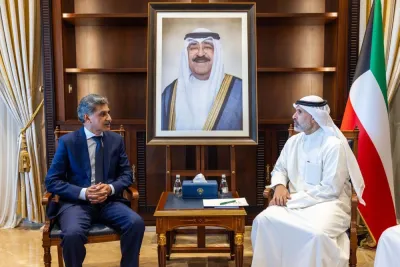How has the change come about? In September 2013 Pakistan’s Prime Minister Nawaz Sharif called a special cabinet meeting in Karachi. At this meeting Sharif ordered a crackdown on Pakistan’s perceived “culture of violence’’. Karachi is Pakistan’s main economic hub and parts of the city had been a war zone for decades. That changed after Sharif sent in the Rangers. Just three years ago, according to the Numbeo international crime index, Karachi was the sixth most dangerous city in the world. Today it stands at 31 – and the number is falling.
Six months after he ordered the Rangers into Karachi, Nawaz Sharif took an even more momentous decision. The prime minister, whose initial instinct had been to negotiate with the Taliban and oppose the use of force, sent the army into North Waziristan, the Taliban stronghold on the Afghan border.
In June 2014, General Raheel Sharif launched a massive military offensive called Zarb-e-Azb. The aim was to wipe out militant bases in northwestern tribal areas and bring an end to a bloody insurgency that has cost thousands of civilian lives since 2004. It has involved a series of military offensives as well as concerted efforts to block the militants’ sources of funding.
In response Taliban groups carried out a series of atrocities of which the most deadly was the attack on the Army Public School in Peshawar, in which a reported 140 children were killed.
That prompted the National Action Plan in January 2015, considered as the defining moment in the fight against terrorism. Under the plan, special military courts were set up and several terror groups were outlawed.
At the same time, the army stepped up its operations. According to official figures, it has killed about 3,500 Taliban fighters, destroyed 992 hideouts and cleared 3,600sq km of territory. Nearly 500 soldiers have died.
Bakhtiar Mohamed, director of the National Counter Terrorism Authority, says the Taliban have been gravely weakened. “The army has gone very deeply into every nook and corner of the tribal areas. There is no possibility of any revival of extremism.”
It is worth recalling that the average number of militant attacks per month before Zarb-e-Azb was 161, which dropped to 60 in 2015.
According to statistics issued by an Islamabad based independent think tank, Pakistan Institute for Conflict and Security Studies (PICSS), for the year 2016, the overall picture of two years after National Action Plan the country saw 68% reduction in militant attacks, 62% decline in resultant deaths and 48% decrease in injuries.
The dramatic improvement in the security situation in Pakistan has gone largely unnoticed and unacknowledged in the backdrop of a rash of violent incidents elsewhere in the world, especially in Syria, Turkey and Europe.
While it would be unwise to assume that Pakistan’s security problems are over, it is a fact that the country has won its current war against crime and terrorism and succeeded in normalising the war-like situation in the northwest.



